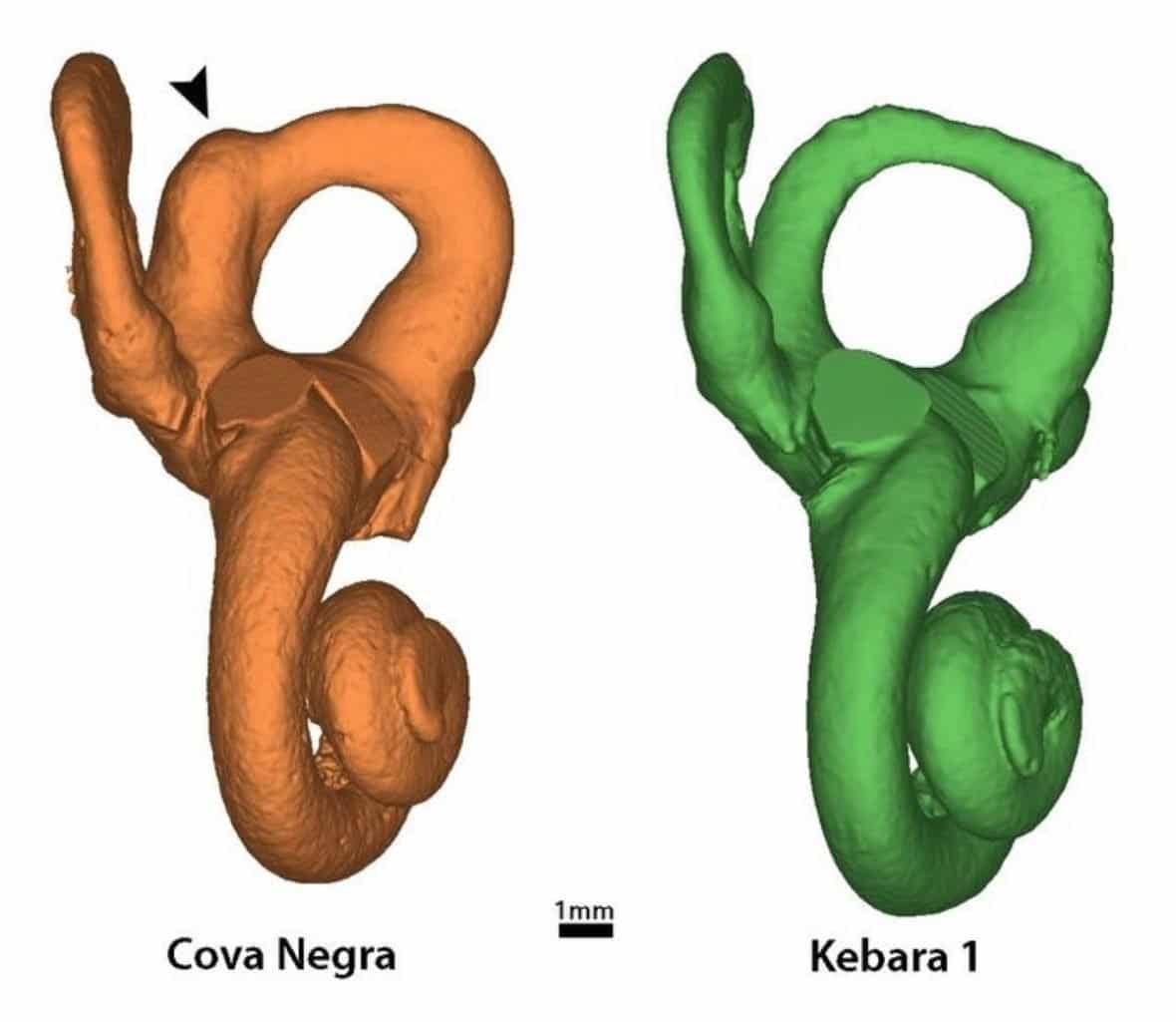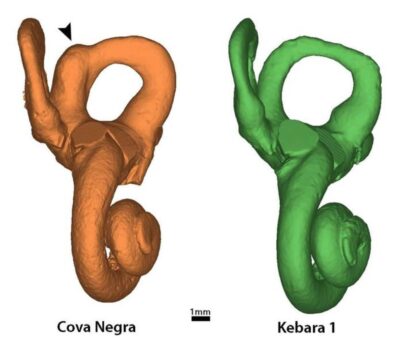Abstract: A brand new examine paperwork the primary case of Down syndrome in a Neandertal youngster named “Tina,” present in Spain. Regardless of extreme listening to loss and vertigo, Tina survived to no less than 6 years outdated, indicating she obtained in depth care from her group. This discovery highlights the Neandertals’ capability for altruistic habits.
Key Information:
- First Case: Documented occasion of Down syndrome in a Neandertal.
- Care Proof: Neandertals supplied in depth take care of Tina.
- Analysis Strategies: Used micro-CT scans to research and diagnose the situation.
Supply: Binghamton College
A brand new examine revealed by a world multidisciplinary crew of researchers together with college at Binghamton College, State College of New York, paperwork the primary case of Down syndrome in Neandertals and divulges that they have been able to offering altruistic care and assist for a weak member of their social group.
The analysis, led by anthropologists on the College of Alcalá and the College of Valencia in Spain, studied the skeletal stays of a Neandertal youngster, whom they affectionately named “Tina”, discovered at Cova Negra, a collapse Valencia, Spain lengthy recognized for yielding essential Neandertal discoveries.

“The excavations at Cova Negra have been key to understanding the lifestyle of the Neandertals alongside the Mediterranean coast of the Iberian Peninsula and have allowed us to outline the occupations of the settlement: of brief temporal length and with a small variety of people, alternating with the presence of carnivores,” stated College of Valencia Professor of Prehistory Valentín Villaverde.
The researchers made micro-computed tomography scans of a small cranial fragment of the fitting temporal bone, containing the ear area, to reconstruct a three-dimensional mannequin for measurement and evaluation. Tina suffered from a congenital pathology of the
internal ear related to Down syndrome that produced extreme listening to loss and disabling vertigo. This particular person survived to no less than 6 years of age, however would have required in depth care from different members of their social group.
“This can be a unbelievable examine, combining rigorous archaeological excavations, trendy medical imaging methods and diagnostic standards to doc Down syndrome in a Neandertal particular person for the primary time. The outcomes have vital implications for our understanding of Neandertal habits,” stated Binghamton College Professor of Anthropology Rolf Quam.
Researchers have recognized for many years that Neandertals cared for disabled people. Nevertheless, to this point, all recognized circumstances of social care amongst Neandertals concerned grownup people, main some scientists to low cost this as really altruistic habits and as an alternative to counsel it extra probably represented reciprocal change of assist between equals.
“What was not recognized till now was any case of a person who had obtained assist, even when they might not return the favor, which might show the existence of true altruism amongst Neandertals. That’s exactly what the invention of ‘Tina’ means,” stated Mercedes Conde, professor on the College of Alcalá and lead creator of the examine.
About this evolutionary and social neuroscience analysis information
Writer: John Brhel
Supply: Binghamton University
Contact: John Brhel – Binghamton College
Picture: The picture is credited to Science Advances
Authentic Analysis: Open entry.
“The child who lived: Down syndrome among Neandertals?” by Valentín Villaverde et al. Science Advances
Summary
The kid who lived: Down syndrome amongst Neandertals?
Caregiving for disabled people amongst Neanderthals has been recognized for a very long time, and there’s a debate concerning the implications of this habits.
Some authors imagine that caregiving passed off between people capable of reciprocate the favor, whereas others argue that caregiving was produced by a sense of compassion associated to different extremely adaptive prosocial behaviors.
The examine of kids with extreme pathologies is especially attention-grabbing, as kids have a really restricted chance to reciprocate the help.
We current the case of a Neanderthal youngster who suffered from a congenital pathology of the internal ear, most likely debilitating, and related to Down syndrome.
This youngster would have required take care of no less than 6 years, probably necessitating different group members to help the mom in childcare.





